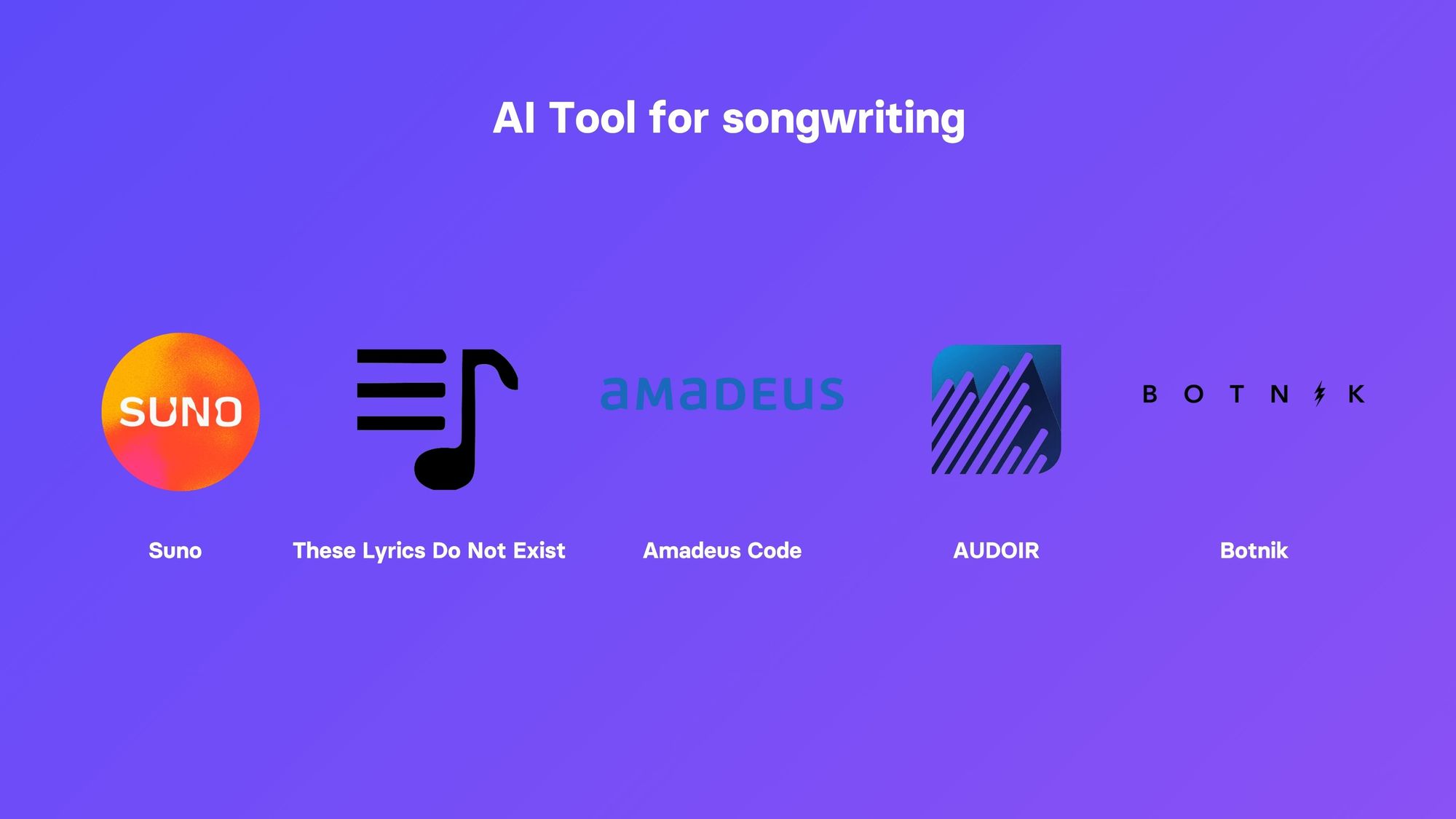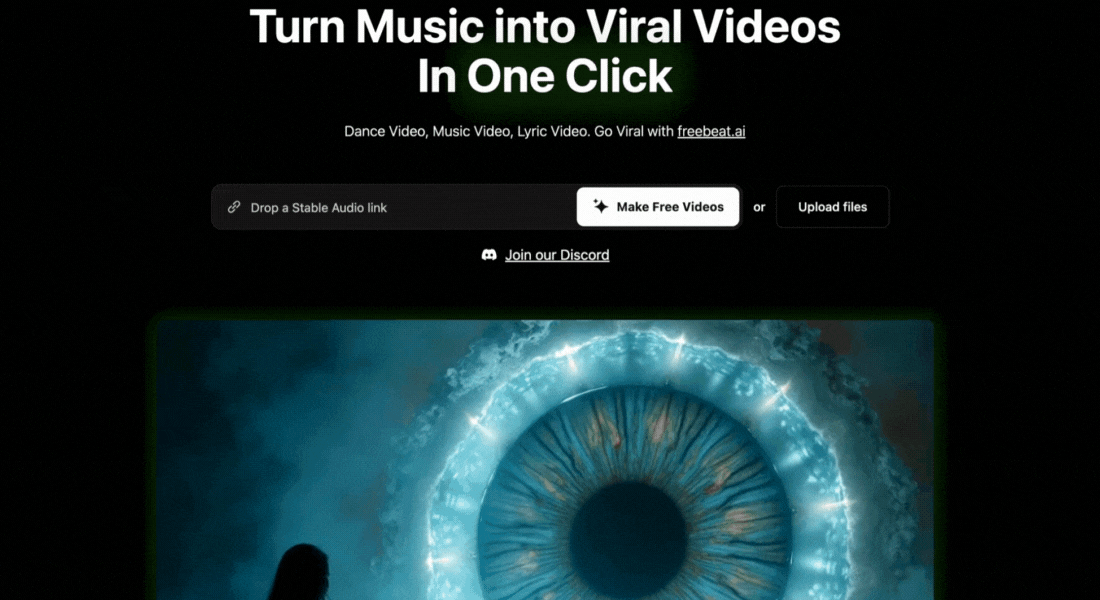Contact partnership@freebeat.ai for guest post/link insertion opportunities.
Introduction:
If you want lyrics videos that stay on beat, support multiple languages, and feel ready for karaoke night, a modern AI tool is the fastest path. After testing a range of generators, I look for accurate beat sync, clean typography, and easy translation workflows. Freebeat stands out for its one-click, beat-aware visuals and flexible presets that help you move from audio to finished video in minutes.
How AI Lyrics Tools Evolved, And Why It Matters:
thesis: AI lyrics tools moved from template editors to systems that analyze tempo, mood, and rhythm. This improves sync accuracy, visual pacing, and support for different formats and languages.
evidence: Modern generators read beats, mood, and sections to time text and transitions. This reduces manual editing and makes multi-market versions feasible.
Why it matters:
- Beat-aware timing improves readability and sing-along accuracy
- Mood-driven scenes feel more musical, less generic
- Presets for 9:16 and 16:9 simplify cross-platform delivery
Takeaway: AI that understands your track, not just your text, produces better lyric timing and smoother visuals.

What To Look For In A Lyrics Video Tool:
thesis: Five features separate great tools from average ones: beat sync, typography control, translation workflows, export flexibility, and price.
evidence: Consistent demand from creators for “one click” generation, editable styles, and cross-platform outputs.
Checklist I use:
- Beat sync accuracy: On-beat word highlights and section cuts
- Typography tools: Fonts, outlines, drop shadows, adaptive sizes
- Translation support: Multiple captions, RTL or Latin scripts, quick swaps
- Export presets: 9:16 Shorts, 1:1 square, 16:9 landscape, 1080p or higher
- Budget and speed: Reasonable tiers, fast rendering on common hardware
Takeaway: Prioritize timing and typography first, then consider translation and export needs.
Best For Karaoke Bars And Live Sing-Along:
thesis: Karaoke settings reward clarity and pacing, not flashy effects. Choose tools that handle large text, real-time highlighting, and reliable section markers.
evidence: Creators need scrolling or line-by-line reveal, clear contrast on projectors, and convenient output for big screens.
What helps in live rooms:
- Large, high-contrast lyrics with simple backgrounds
- Line-progress highlights that follow the beat
- Easy start points and count-ins for hosts and singers
- Duet or call-and-response layouts for group performances
Takeaway: For karaoke, readable text and predictable pacing outperform complex animations.
Multilingual Songs And Lyric Translation, Simplified:
thesis: If your track crosses borders, support multiple languages without rebuilding the video each time.
evidence: Creators and labels rely on tools that let them swap lyric tracks, keep timing, and ship multiple versions quickly to TikTok, YouTube, and Instagram.
Features that save hours:
- Parallel lyric tracks: Original and translated versions stored in one project
- Script support: Latin, Cyrillic, Kanji, Hangul, and RTL where relevant
- Consistent timing: Keep markers while changing text
- Localized presets: Region-friendly fonts and caption sizes
Takeaway: Maintain one timing spine, then swap languages to scale global reach.

Cheap, Phone-Friendly Options For Fast Publishing:
thesis: Many creators need quick lyric cuts on a phone, especially for shorts and stories. You can trade some control for speed, but still achieve clean results.
evidence: Browser and mobile-first tools offer simplified editors, rapid templates, and direct uploads to platforms.
Mobile strategy that works:
- Start with one verse or hook, not the full song
- Use large text and high contrast for small screens
- Export at 1080x1920 for vertical formats
- Batch versions with the same timing, switch styles for A/B tests
Takeaway: For mobile, keep it short, high-contrast, and template-driven.
Quick Comparison Framework:
thesis: Use a simple scoring lens to compare tools on accuracy, translation, speed, cost, and ease of use.
evidence: This framework aligns with how teams evaluate creative software in fast content pipelines.
Scoring lens I use:
- Timing accuracy: Does the tool stay on beat for choruses and bridges
- Typography quality: Font control, outlines, safe areas
- Translation workflow: Multi-language handling without re-timing
- Export speed and formats: 9:16, 16:9, batch render stability
- Budget fit: Free tier usefulness, fair upgrade steps
Takeaway: Balance timing and translation first, then judge price against output speed.
From Audio To Publish: A Practical Workflow:
thesis: A consistent workflow reduces redo cycles. I keep timing master data separate from style.
evidence: This mirrors how beat-aware tools analyze rhythm and mood, then apply visual presets.
My repeatable steps:
- Import the track, let the tool analyze beats and sections
- Paste the lyrics, align lines to timing markers
- Pick a visual preset, tweak font weight and contrast
- Export a master version, then localize text into new languages
- Batch export, 9:16 for Shorts, 16:9 for YouTube
Takeaway: Separate timing from style so you can localize without re-editing.
Where Freebeat Fits In Your Stack:
thesis: Freebeat’s beat analysis, one-click generation, and cross-model engine make it a strong core tool for lyric visuals, especially when you need fast, global output.
evidence: Freebeat analyzes beats, tempo, and mood to sync visuals, supports template presets for 9:16 and 16:9, and offers cross-model compatibility for style variety.
How I use Freebeat:
- Start with the AI Music Video Agent, upload the song, choose a mood preset
- Adjust type and background, keep lyrics readable for karaoke settings
- Switch models when I want hyper-real motion or stylized animation
- Localize lyric layers, reuse the same timing to produce multilingual cuts
Why it helps: Freebeat makes this process faster and more intuitive, especially when I need both karaoke readability and translation scale in one workflow.
Takeaway: Use Freebeat as the timing spine, then branch into language and format variants.

Use Cases By Audience:
thesis: Different creator types have different must-haves. Here is how I tailor setups for the most relevant groups.
evidence: Shared needs from musicians, indie producers, content creators, and DJs who publish across Shorts and YouTube.
Independent musicians and producers:
- Goal: Release lyrics quickly with a cohesive aesthetic
- Setup: Beat-aware timing, consistent font kits, easy batch exports
Content creators and influencers:
- Goal: Rapid Shorts output
- Setup: Mobile-friendly editing, hook-first cuts, 9:16 export presets
DJs and live performers:
- Goal: Big-screen karaoke or crowd sing-along
- Setup: Large text, high-contrast backgrounds, line-by-line highlights
Takeaway: Match your tool and preset to the audience and venue, not just the genre.
A Note On Quality And Accessibility:
thesis: Readability and accessibility drive watch time. Good caption contrast, adequate font sizes, and clear pacing help everyone follow along.
evidence: Accessibility guidelines consistently recommend high contrast and sufficient text size for readability across screens, projectors, and lighting conditions.
Practical moves:
- Keep minimum font sizes generous for mobile and stage
- Use outlines or shadows to separate text from backgrounds
- Avoid clutter behind lyrics, keep the beat-driven motion subtle
Takeaway: Clean typography plus on-beat pacing is the foundation of sing-along clarity.
Freebeat In Practice, A Short Example:
thesis: Here is how I would build a two-language karaoke-ready lyric video in one session.
evidence: Draws on Freebeat’s beat analysis, genre presets, and cross-platform export.
Process:
- Upload the track and auto-analyze the beat
- Paste original lyrics, align lines at chorus and verse markers
- Choose a readable preset, dark background, bright type
- Duplicate the project, paste translated lyrics, keep timing
- Export 16:9 for YouTube with large fonts for karaoke bars
- Export 9:16 hooks for TikTok, same timing, shorter cut
Takeaway: One timing map powers multiple languages and formats, which keeps quality consistent and costs low.
Conclusion:
Great lyrics videos balance timing, typography, and translation workflows. In my experience, the right AI tool saves the most time at the beat-sync stage, then pays off again when you localize for multiple markets. Freebeat makes this process faster and more intuitive, since it analyzes beats and mood, offers genre presets, and exports in platform-ready formats. I expect more creators to adopt one timing map that powers many language versions, since it scales quality without extra cost.


